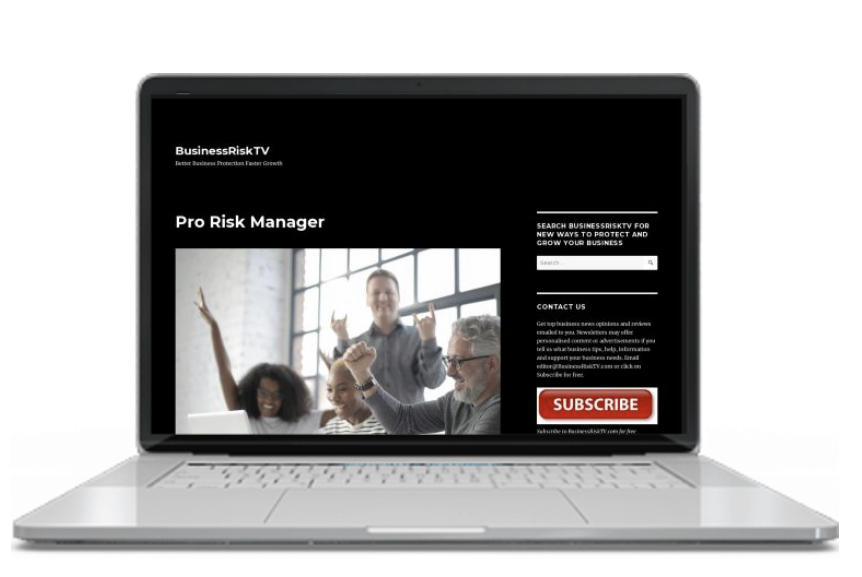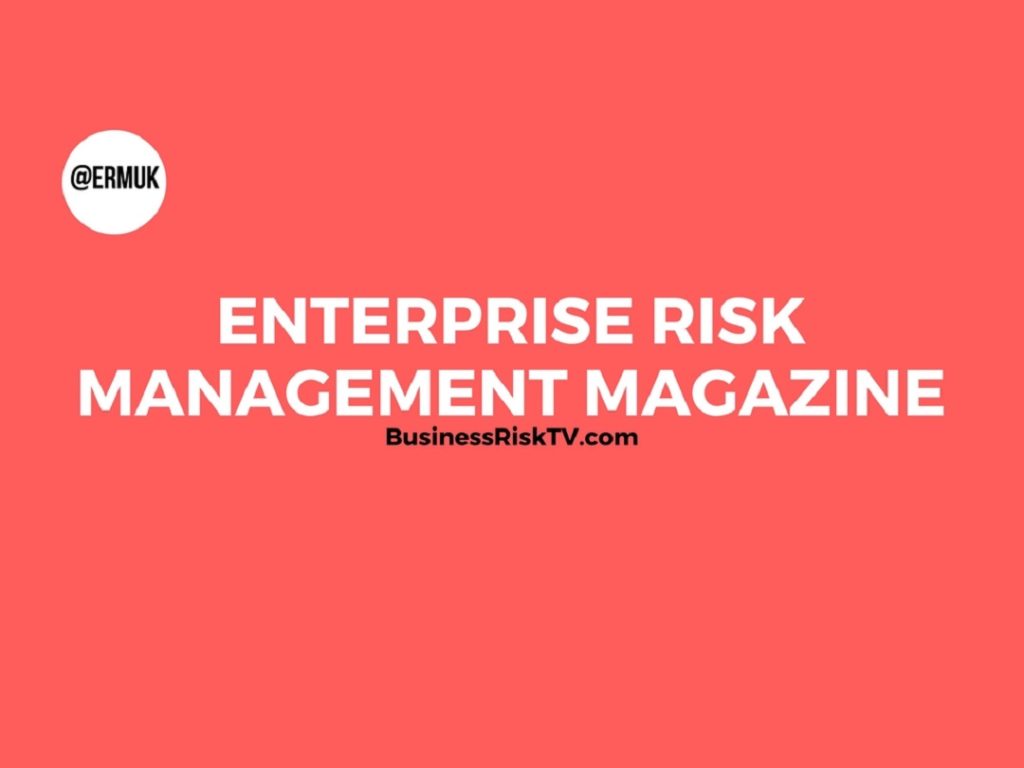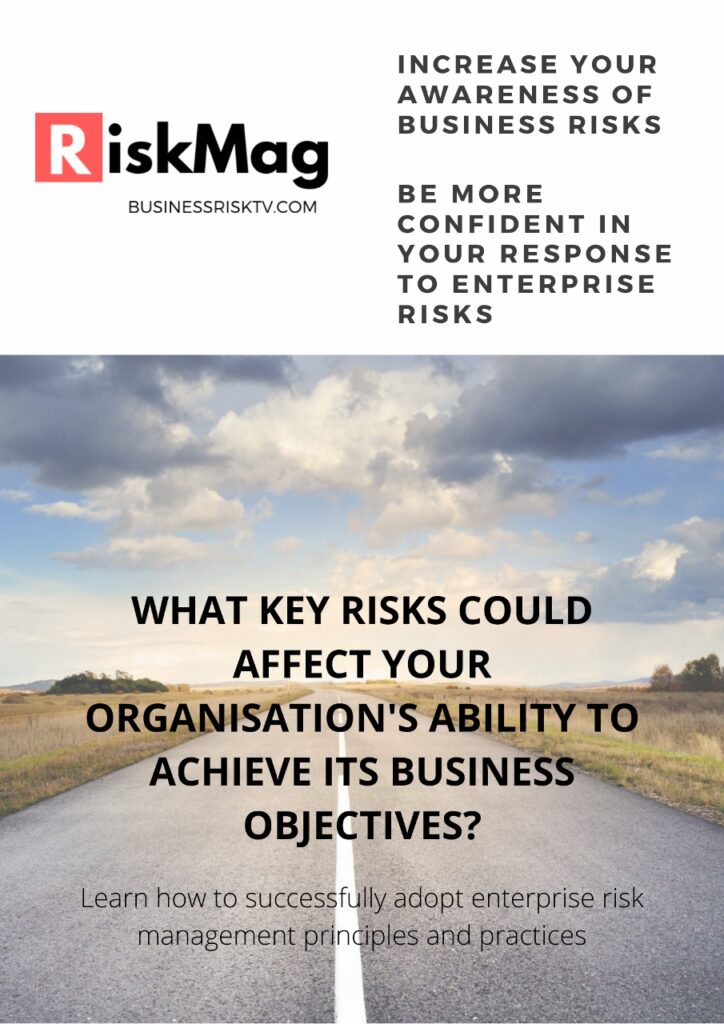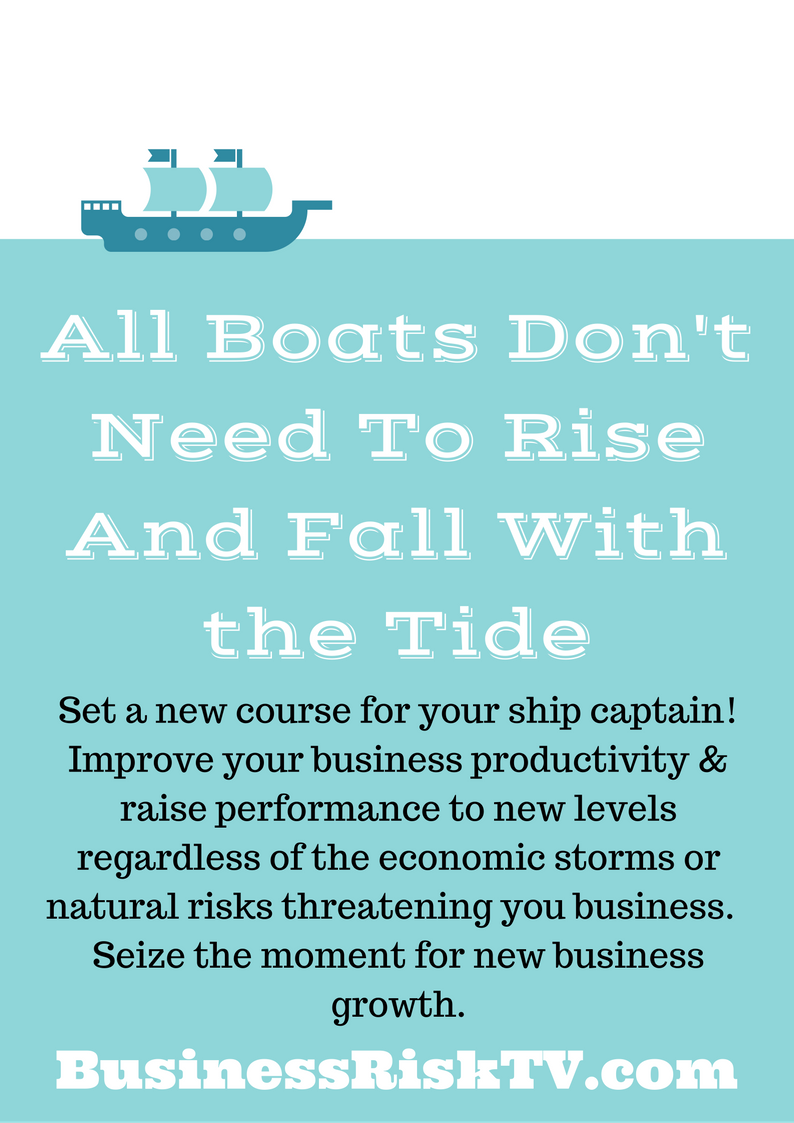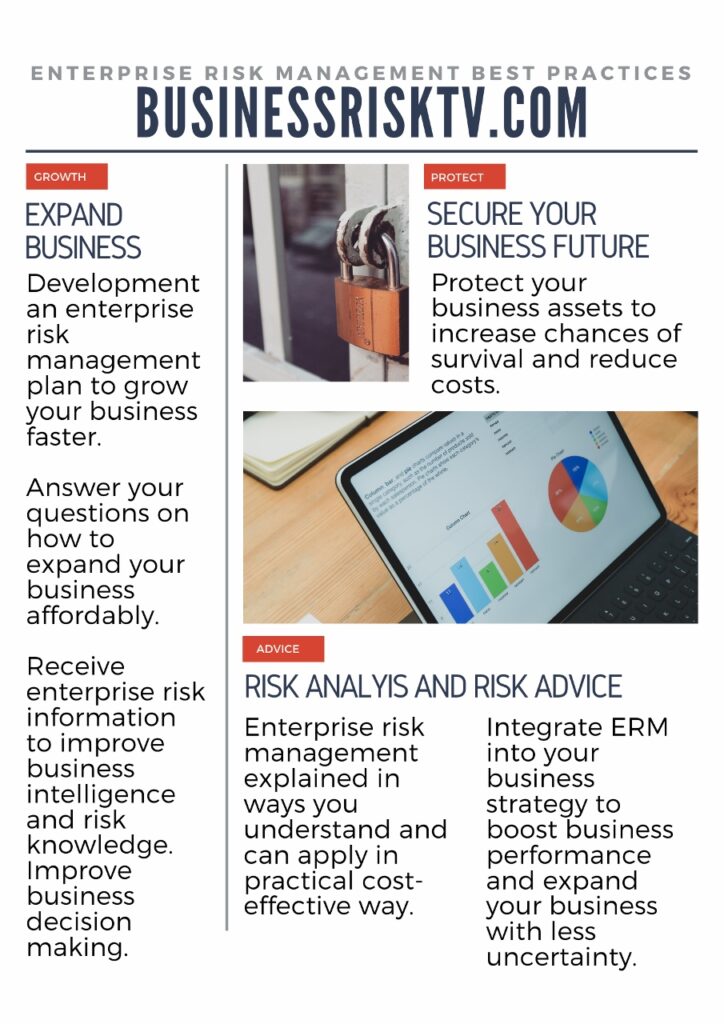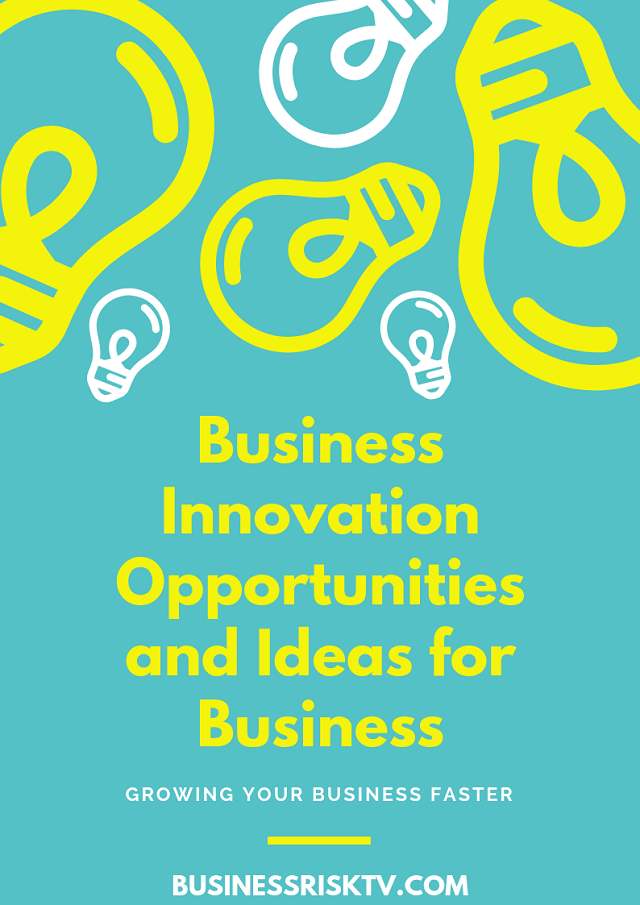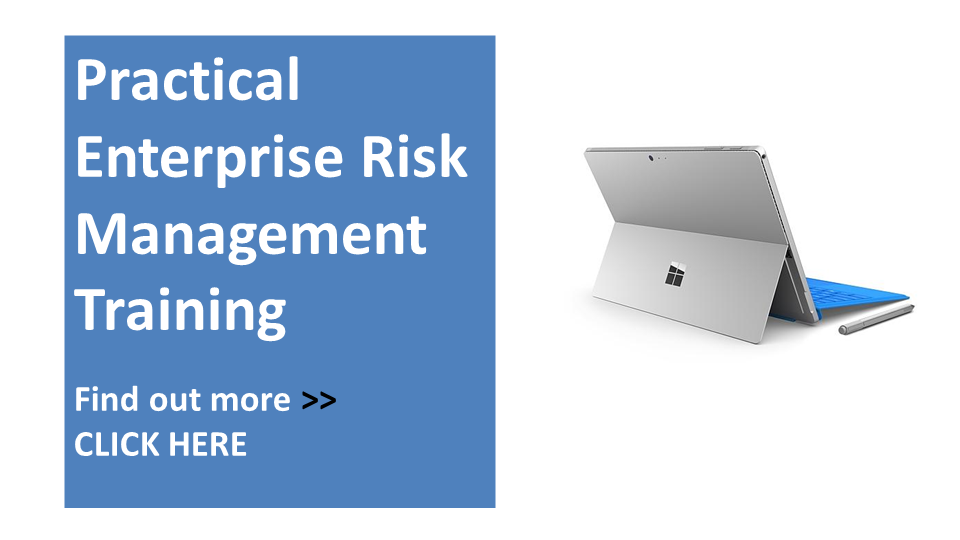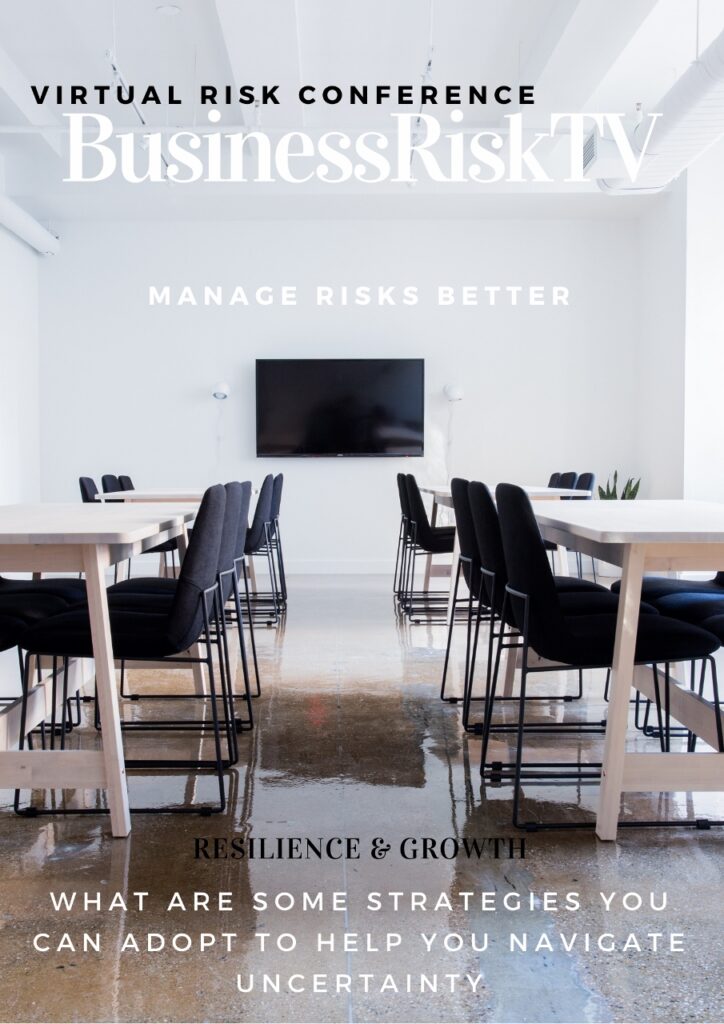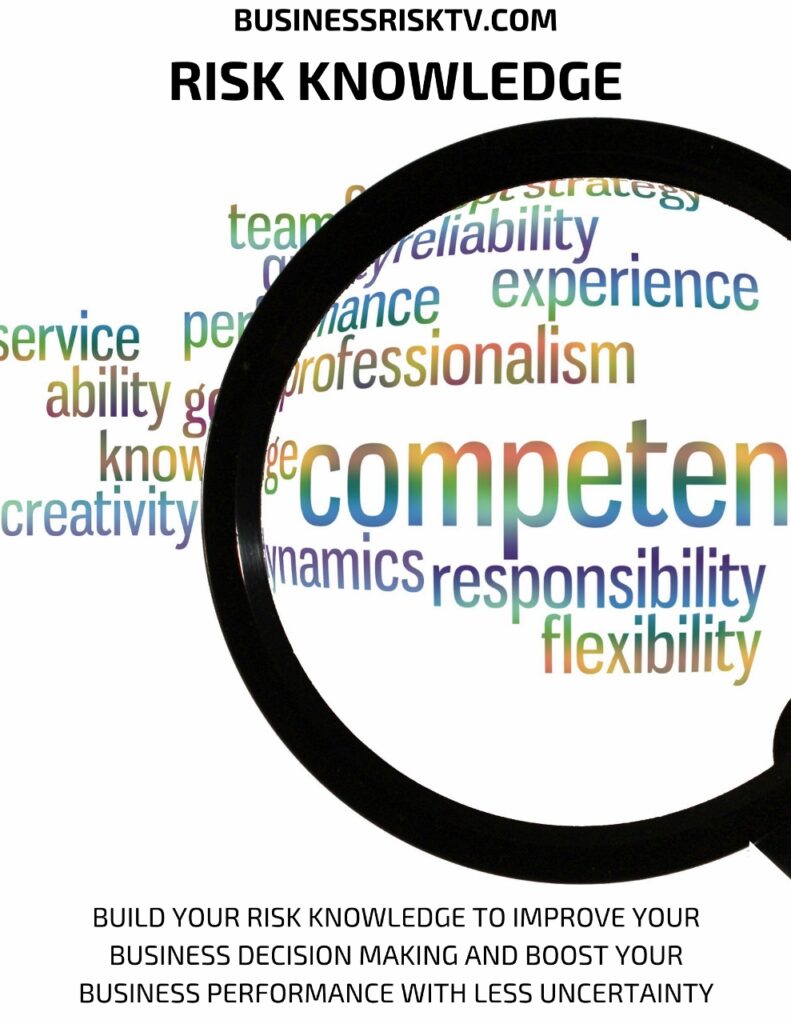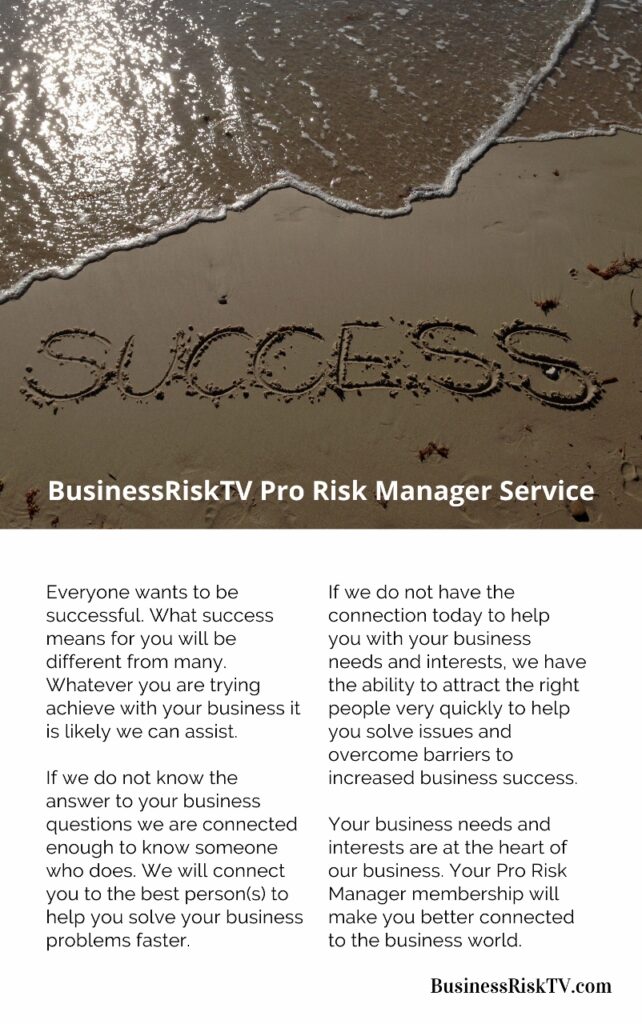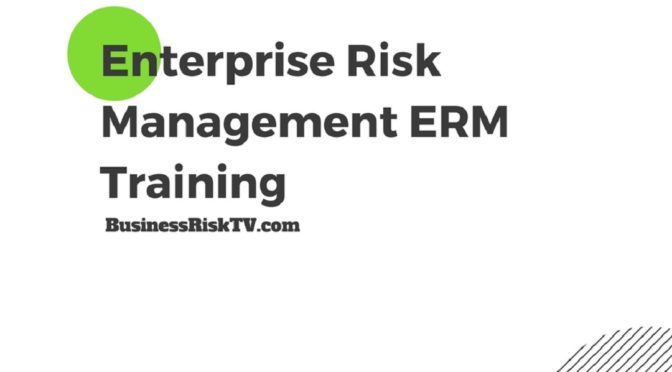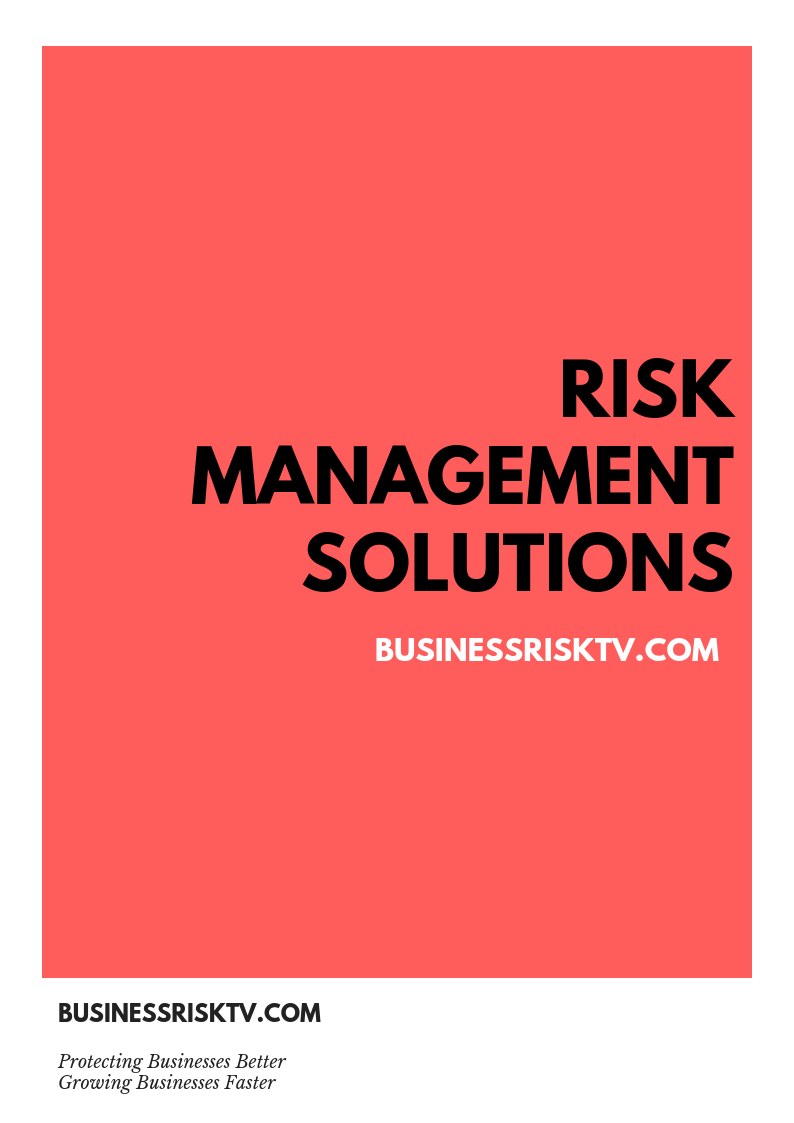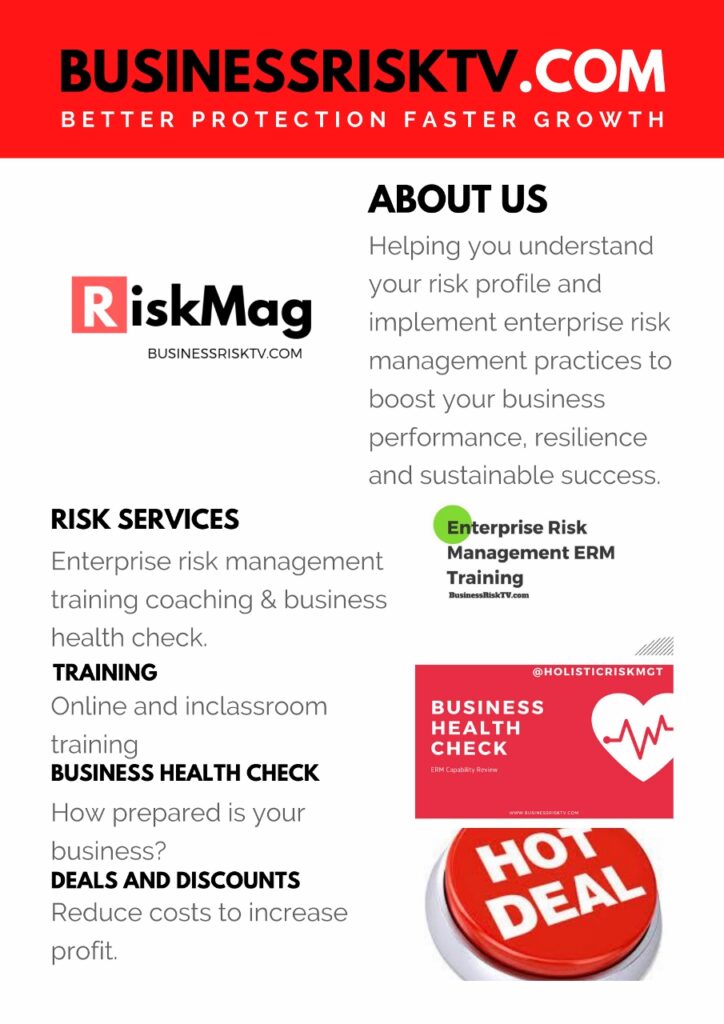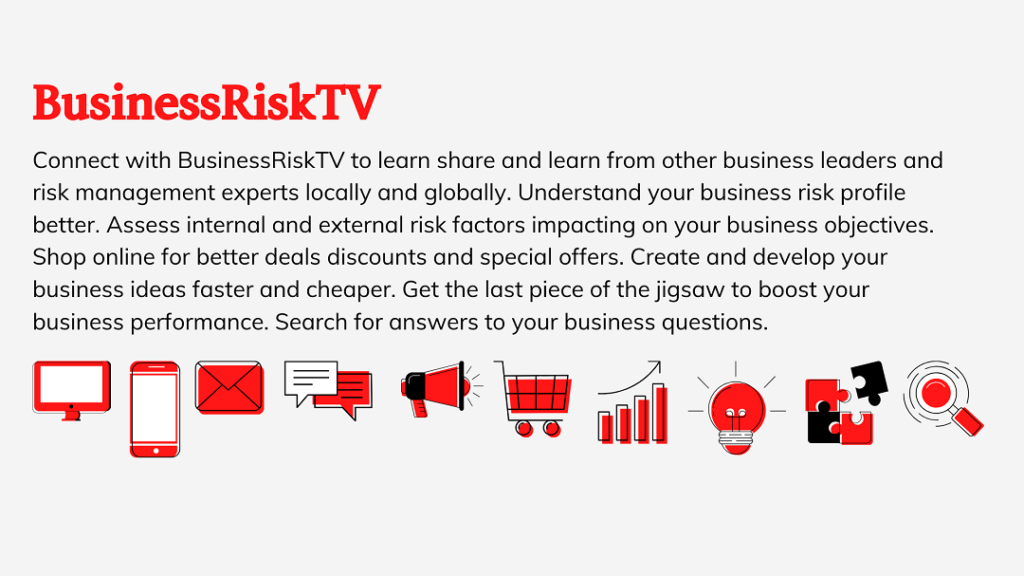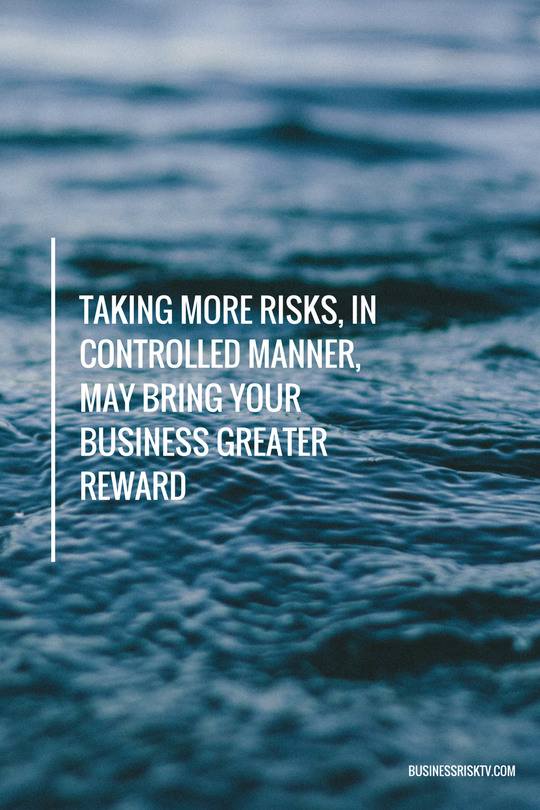Weathering the Storm: Protecting Against the Rising Cost of Living with Business Cost Controls and Consumer Savvy
The headlines paint a grim picture: inflation surges, grocery prices bite, and wages struggle to keep pace. The cost of living, a once-steady breeze, has transformed into a hurricane threatening everyday budgets. In this economic tempest, both businesses and consumers face a critical question: how do we navigate the rough seas and protect our financial well-being?
For businesses, the answer lies in robust cost control measures. By tightening expenditure belts, companies can weather the inflationary storm without compromising quality or growth. This isn’t about slashing and burning; it’s about strategic optimisation, where every penny scrutinised paves the way for resilience.
“In this environment, cost control is no longer an option; it’s a necessity. Businesses that proactively reduce operational inefficiencies and negotiate better deals with suppliers will not only survive but thrive during economic uncertainty.”
Optimising Operations:
- Lean and Mean: Scrutinise every expense, from office supplies to software subscriptions. Can redundancies be eliminated? Can processes be streamlined for improved efficiency? Remember, small savings add up to big impact.
- Renegotiating Power: Suppliers rely on your business too. Reassess existing contracts and renegotiate terms based on current market conditions. Leverage your volume as bargaining power to secure better deals.
- Embracing Technology: Automation and AI can revolutionise cost-cutting.Invest in tools that automate repetitive tasks, optimise inventory management, and streamline logistics. The upfront investment can reap significant long-term savings.
Beyond Cost Cutting:
- Diversifying Revenue Streams: Don’t put all your eggs in one basket. Explore new revenue channels, expand into new markets, or develop innovative product offerings. A diversified income portfolio cushions the blow of economic downturns.
- Investing in Human Capital: Your employees are your most valuable asset. Invest in their training and development so they can adapt to changing market conditions and contribute to cost-saving initiatives. A skilled workforce becomes an engine of efficiency.
While businesses tighten their belts, consumers wield another powerful weapon: smart spending. In an era of surging prices, every penny counts. By becoming strategic bargain hunters, individuals can shield their budgets from the inflationary sting.
“It’s time to ditch the mindless shopping habits and become savvy consumers. Every purchase must be a conscious decision, informed by research and driven by the best available deals.”
Savvy Spending Strategies:
- Embrace the Power of Price Comparison: Online tools and apps make it easier than ever to compare prices across different retailers. Before buying anything, do your research and find the best deals. A few minutes of comparison can save you a significant chunk of money.
- Befriend the Discount: Coupons, loyalty programmes, and cashback offers are your allies in the fight against inflation. Don’t be shy about using them! Every discount, every penny saved, adds up to a financial buffer.
- Think Value, Not Brand: Brand loyalty can be expensive. Explore generic or lesser-known brands that offer equivalent quality at a fraction of the price. You might be pleasantly surprised by the hidden gems you discover.
- Plan and Prioritise: Impulse purchases are the enemy of your wallet. Create a budget, prioritise your needs over wants, and stick to your list. Resist the urge to splurge, and watch your bank account blossom.
- Embrace DIY: From cooking at home to repairing household items, there are countless ways to save money by doing it yourself. Invest in skills that empower you to become self-sufficient and reduce your reliance on costly services.
Beyond Savings:
- Community is Key: Share tips and tricks with friends and family. Swap recommendations for local deals, explore discount groups, and build a support network of savvy consumers. Sharing knowledge strengthens resilience.
- Support Local Businesses: When possible, prioritise local businesses over big chains. This not only boosts the local economy but also often allows you to access fresh, ethically-sourced products at competitive prices.
The rising cost of living presents a challenge, but it’s not an insurmountable one. By adopting proactive cost-control measures and practicing smart spending strategies, both businesses and consumers can weather the storm. Remember, every penny saved, every efficiency gained, and every deal scored is a victory in the fight against financial hardship.
As John F. Kennedy aptly stated, “A rising tide lifts all boats.” When businesses operate efficiently and consumers spend wisely, the entire economic ecosystem benefits. Let’s work together, not just to survive, but to thrive in these turbulent times. By embracing cost control and savvy spending, we can navigate the inflationary waters and build a more resilient future for ourselves and our communities.
Get help to protect and grow your business
Register for price reduction alerts and member only discounts
Read more business risk management discounts and special offers



















